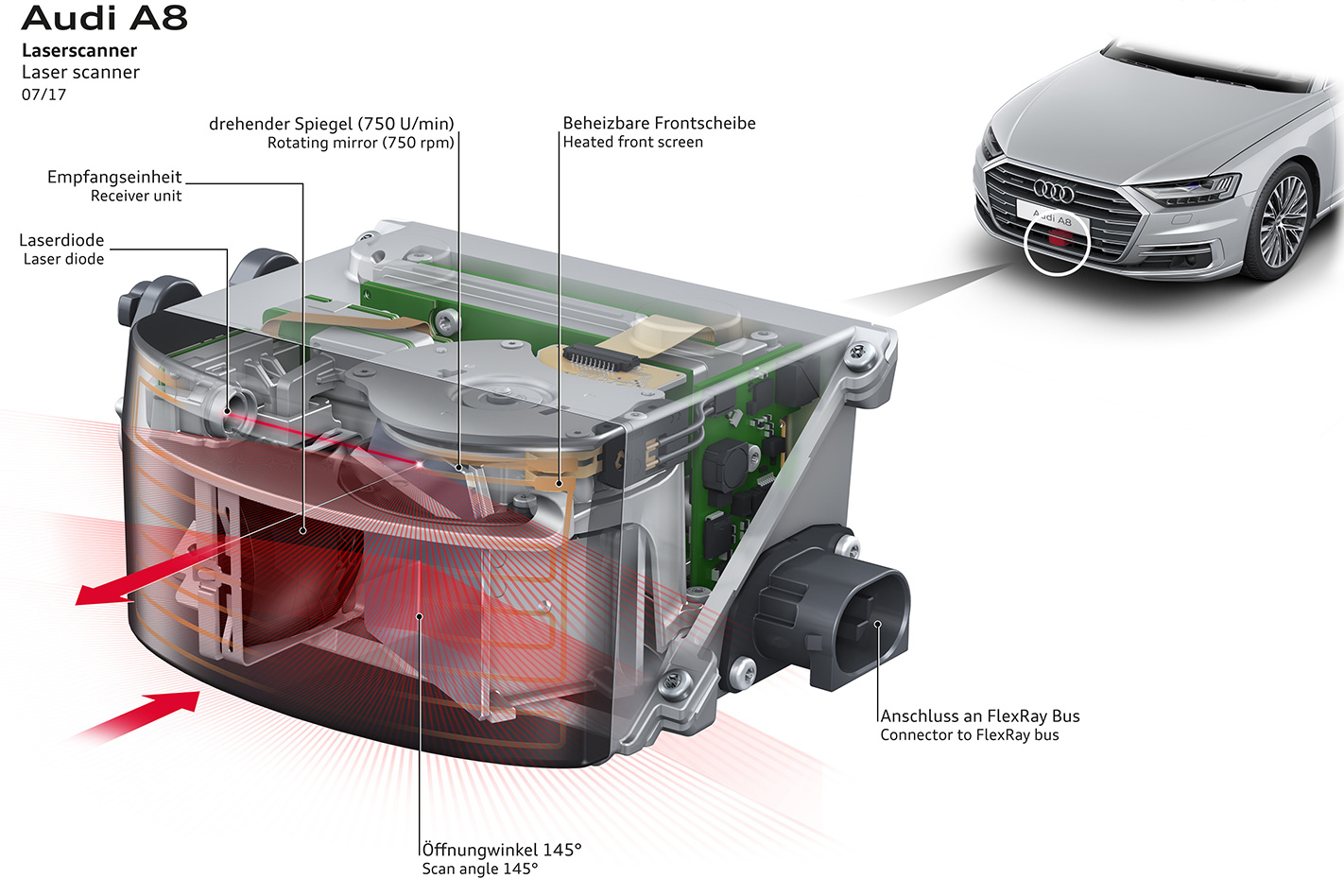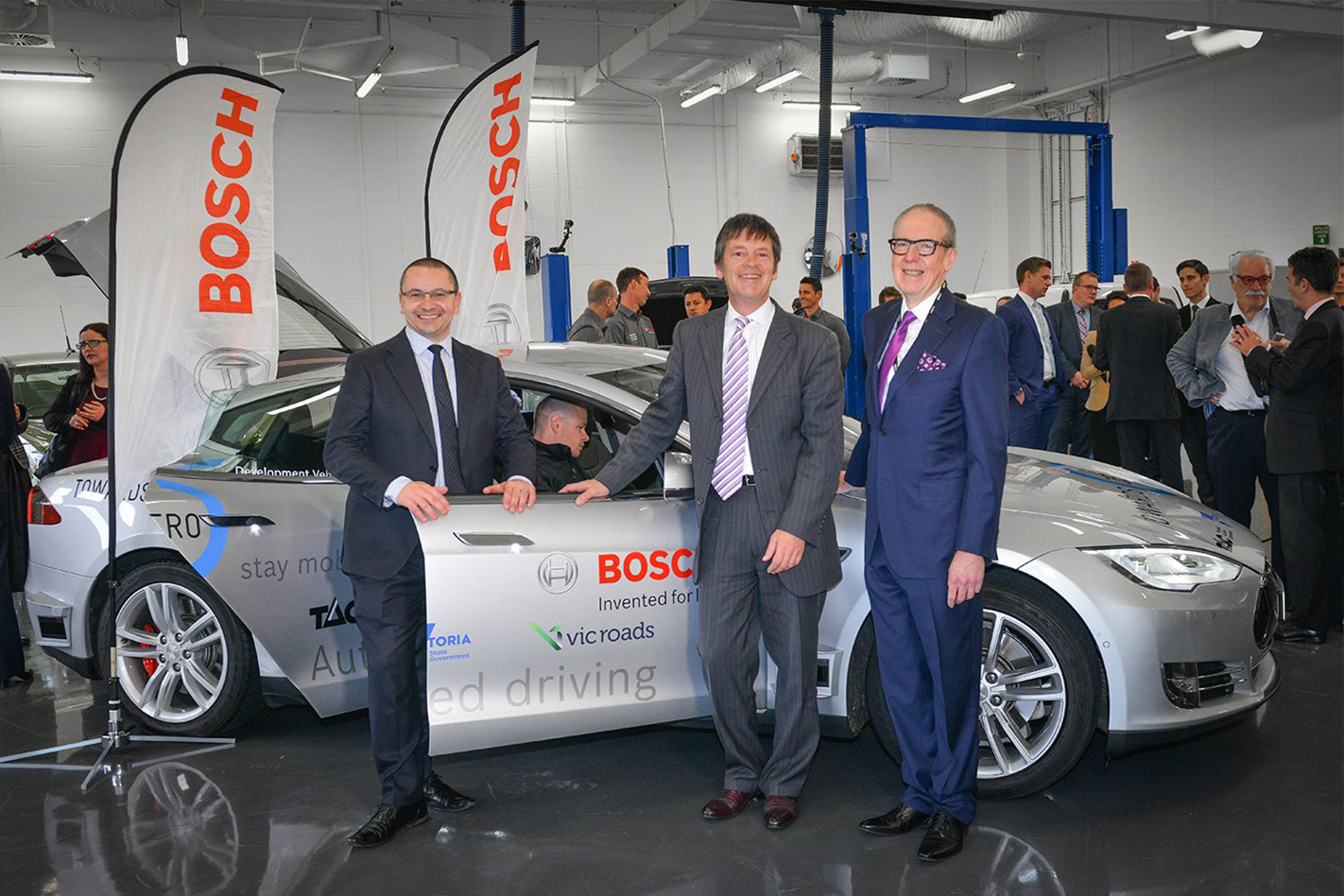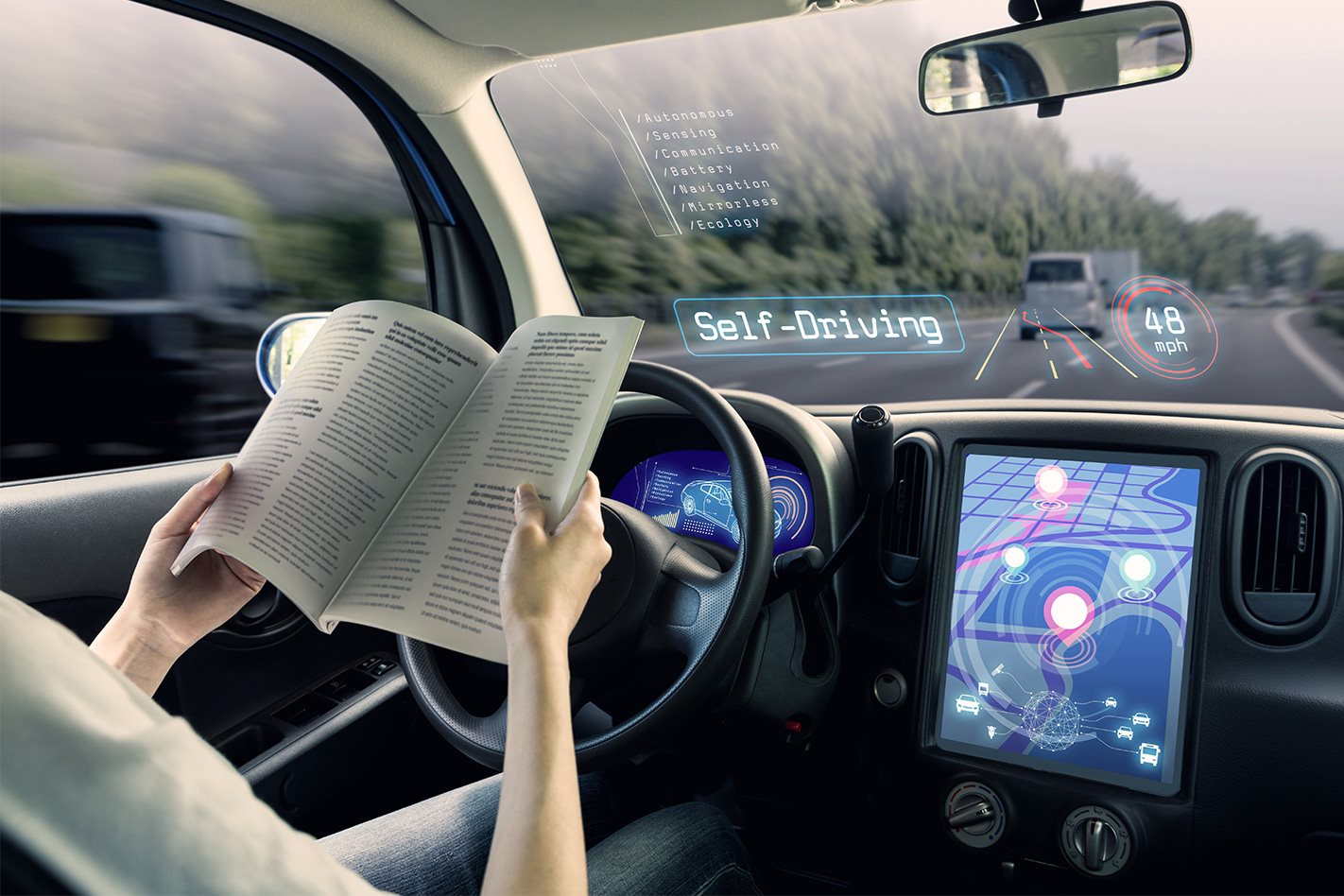LAST week’s launch of Audi’s fourth-generation A8 sedan revealed its Level 3 autonomous capability which, at lower speeds, allows drivers to focus their attention on non-driving tasks when in traffic such as “watching videos”.
This is a significant self-driving technology milestone, with Level 3 the mid-way point in a five-point scale, devised by the Society of Automotive Engineers, based on the amount of driver attentiveness required to operate an autonomous system from zero to full autonomy.

- Level 0: Automated system has no vehicle control, but may issue warnings.
- Level 1: Automated system may include features such as adaptive cruise control and lane keeping assist, but the driver must be ready to take control at any time.
- Level 2: The driver is obliged to detect objects and events and respond if the automated system fails to respond properly. The automated system executes accelerating, braking, and steering. The automated system can deactivate immediately upon takeover by the driver.
- Level 3: Within known, limited environments the driver can safely turn their attention away from driving tasks.
- Level 4: The automated system can control the vehicle in all but a few environments such as severe weather. The driver must enable the automated system only when it is safe to do so. When enabled, driver attention is not required.
- Level 5: Other than setting the destination and starting the system, no human intervention is required. The automatic system can drive to any location where it is legal to drive.

The German carmaker says autonomous driving technology continues to develop at a rapid rate, but laws are failing to keep up preventing full-scale testing as well as implementation.
“We designed the complete A8 for the automated functionality,” Audi AG head of vehicle properties, function and innovation, Mirko Reuter explained. “We introduced all of the technologies that are required for this but three challenges need to be met.
“First of all you need a legal framework and that’s only starting to happen in certain countries right now. Secondly, you need a special homologation process for automated driving and that’s also just starting. Then, in every market you bring this technology to, you need to make a very deep validation and testing.
“When all of these three factors are met, we will bring the Piloted Driving function.”
As well as failing to address a plethora of legal and liability issues, the slow pace of bureaucracy also means delays in developing road infrastructure to be more compatible with autonomous driving, such as lines and signs on all roads can be read by vehicle systems in all weather and light conditions

While some trials have been conducted across states like South Australia and Victoria, one of our country’s biggest obstacles is the reliance on foreign development and manufacturing. These cars have been built and trialled in places – like Japan, Europe and the United States – which remarkably different road and traffic conditions.
But as this technology advances overseas, it’s not too implausible to believe that our roads could soon be trialling similar programs.
Even then there’s one other factor that can totally undermine advances in technology and law making and that’s human nature – how many drivers will actually be willing to cede control of their vehicles?






